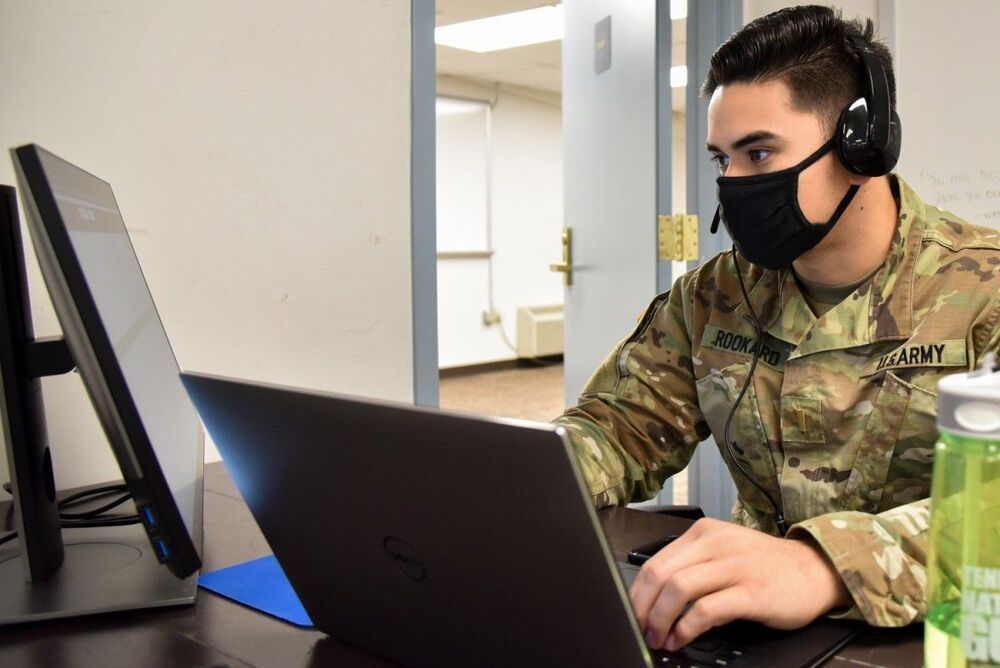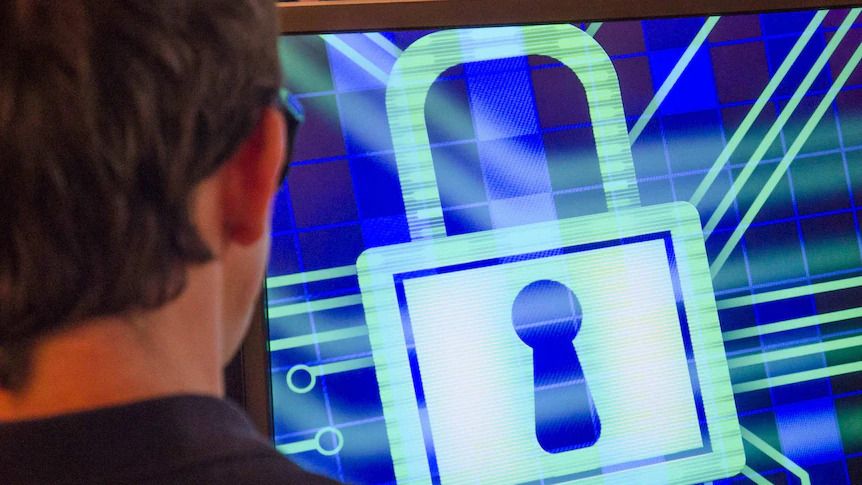Mint Mobile is an American telecommunications company which sells mobile phone services and operates as an MVNO on T-Mobile’s cellular network in the United States.
BleepingComputer reported that Mint Mobile has disclosed a data breach that exposed subscribers’ account information and ported phone numbers to another carrier.
The data breach notification sent to the impacted subscribers reveals that an unauthorized person gained access to their data between June 8th and June 10th. The company did not reveal how hackers had access to the subscribers’ data.






